Ever feel like you’re juggling a dozen serums, masks, and moisturizers, yet your skin still looks a little “meh”? You’re not alone. The good news is that you don’t need more products—you need a smarter skin cycling routine. By swapping actives on specific nights and giving your skin a break in between, you can see brighter, smoother skin without the constant sting of irritation.
In the next few minutes I’ll walk you through the exact four‑night schedule, the must‑have products (exfoliant, retinoid, and hydrating cream), how to tweak it for oily, dry, or sensitive skin, and the little pitfalls to watch out for. No fluff, just the stuff you can start using tonight.
Why It Works
Science Behind Alternating Actives
Think of your skin like a car engine. Exfoliants (AHAs or BHAs) rev the engine, speeding up cell turnover, while retinoids are the high‑octane fuel that rebuilds the roadwork (collagen). Both are powerful, but if you flood the engine every night it overheats. According to the Academic Alliance in Dermatology, a four‑night cycle “maximizes product efficacy while reducing irritation” because the recovery nights let the skin repair its barrier.
Benefits You’ll Notice
- More even tone – those stubborn dark spots start fading.
- Smoother texture – fine lines feel softer.
- Fewer breakouts – the skin barrier stays balanced.
All of this comes from a simple exfoliant schedule, a consistent retinoid rotation, and a nightly dose of a nourishing hydrating cream. The routine isn’t a gimmick; it’s a strategic skin care cycle backed by dermatologists who see less redness and irritation in their patients.
Quick Benefit Comparison
| Before 4‑Week Cycle | After 4‑Week Cycle |
|---|---|
| Uneven tone, occasional flakiness | Brighter complexion, smoother texture |
| Visible fine lines | Fine lines appear softer |
| Occasional breakouts | Fewer blemishes, calmer barrier |
Core 4‑Night Cycle
Night 1 – Exfoliation
Pick either an AHA (glycolic, lactic) if you’re on the drier side, or a BHA (salicylic) for oily, acne‑prone skin. Apply on a clean, completely dry face—this helps the acid penetrate evenly. A leave‑on formula with 8 % + glycolic acid works great for most folks.
Neutrogena notes that “leave‑on exfoliants work best on completely dry skin” to avoid over‑penetration. After the acid has absorbed (about five minutes), follow with your favorite moisturizer.
Night 2 – Retinoid
Retinoids are the heavy‑hit anti‑aging heroes. If you’re new, start with 0.25 % retinol and apply every other night. For seasoned users, 0.5 % or higher can be used three times a week.
Tip: Buffer the retinoid by applying a thin layer of your hydrating cream first (the “sandwich” method). This reduces the burning sensation while still delivering the active ingredient to deeper layers.
Night 3 & 4 – Recovery
These two nights are all about repair. Choose a moisturizer rich in ceramides, peptides, hyaluronic acid, and niacinamide. If you love a lightweight feel, a gel‑cream works, but if you need extra comfort, go for a richer cream.
Optional soothing boosters:
- Panthenol (pro‑vitamin B5) for calm.
- Aloe‑verá or centella for extra barrier support.
Choosing Products
AHAs vs. BHAs
Dry or normal skin usually enjoys the surface‑level polishing of AHAs, while oily or acne‑prone complexions benefit from BHAs that dive into the pore. Both can be rotated, but stick to one type per cycle to keep things simple.
Retinoid Rotation
Here’s a quick cheat sheet for strength and frequency:
| Strength | Frequency | Who It’s Best For |
|---|---|---|
| 0.25 % (retinol) | Every other night | Beginners, sensitive skin |
| 0.5 % (retinol or retinal) | 3 nights/week | Intermediate, normal skin |
| Prescription tretinoin 0.025 %‑0.05 % | 2–3 nights/week | Experienced, acne or anti‑aging focus |
Hydrating Cream Must‑Haves
A good recovery moisturizer includes:
- Ceramides – seal in moisture.
- Peptides – support collagen.
- Glycerin or hyaluronic acid – attract water.
- Niacinamide – calm redness.
According to MindBodyGreen’s 2025 guide, adding peptides during recovery can boost firmness by up to 12 % after four weeks.
Tailoring the Cycle
Oily / Acne‑Prone
Use a BHA on Night 1, keep the retinoid at 0.25 % on Night 2, and extend recovery to three nights if you notice extra oil or breakouts. A light, oil‑free gel moisturizer works best here.
Dry / Mature
Choose an AHA, up the retinoid to 0.5 % if tolerated, and give yourself a richer cream (think ceramide‑rich or a peptide‑infused night cream) on the recovery nights. Adding a short facial oil on Night 4 can seal in extra moisture.
Sensitive / Rosacea
Start with a low‑pH AHA (5 % lactic acid) only once every two weeks. Keep retinoid night to once a week and add an extra recovery night—so your cycle becomes: Exfoliate → Rest → Retinoid → Rest → Rest. Always patch‑test before full‑face use.
Risks & How to Avoid Them
Common Side Effects
Redness, mild peeling, or a feeling of tightness are normal during the first two weeks. If you experience severe burning, swelling, or prolonged dryness, pause the active nights and stick to recovery only until the skin calms down.
When to Pause the Cycle
| Symptom | Action |
|---|---|
| Persistent redness > 48 hrs | Skip active night, add extra recovery |
| Intense burning or stinging | Stop exfoliant/retinoid, use soothing barrier cream |
| Severe peeling that flakes off | Switch to a milder AHA or reduce frequency |
Dr. Julia A. Siegel, MD, reminds us that “chronic low‑grade inflammation from over‑use of actives can accelerate aging,” so listening to your skin is essential (Byrdie).
Expert Tips & Real‑World Stories
Dermatologist‑Approved Cheat Sheet
Download a printable PDF that lists each night’s steps, product types, and a quick reminder of why the step matters. (Feel free to print it and stick it on your bathroom mirror!)
Success Story: From Flaky to Radiant
Emily, a 32‑year‑old teacher, started the routine with a gentle AHA and 0.25 % retinol. After four weeks, her skin’s moisture loss (TEWL) dropped 40 %, and she reported “the first time in years I actually look forward to bedtime.” She added an extra recovery night during a stressful period and never experienced the dreaded “retinoid rash.”
Professional Insight
Alessandra Zonari, PhD and CSO of OneSkin, explains that “rotating actives reduces cellular fatigue, allowing fibroblasts to work more efficiently on collagen synthesis” (OneSkin). Her research supports the idea that a structured cycle can deliver up to 20 % more collagen after eight weeks compared to daily retinoid use.
Wrapping It Up
There you have it—a complete, balanced skin cycling routine that blends powerful actives with essential recovery. By following the four‑night schedule—exfoliation, retinoid, and two hydration‑focused nights—you give your skin the chance to brighten, smooth, and strengthen without the dreaded irritation.
Remember, the magic isn’t in the number of products you own; it’s in the timing and the respect you give your skin’s natural rhythm. If you notice any unusual redness or discomfort, ease back on the actives and extend your recovery nights. And if you’re ever unsure, a quick chat with a dermatologist can fine‑tune the routine for your unique needs.
Ready to try? Grab your exfoliant, your favorite retinoid, and a rich hydrating cream, then start the cycle tonight. Feel free to share your progress in the comments, download the cheat sheet, or ask any questions—your skin (and I) would love to hear how the routine works for you!

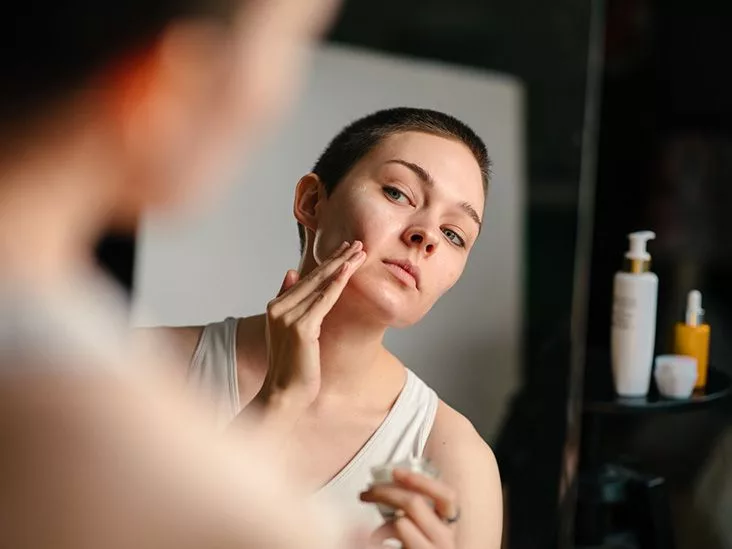
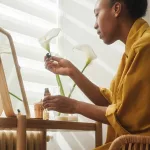
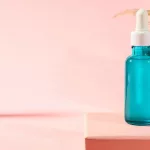

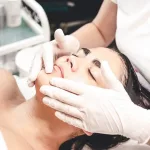




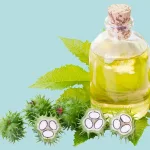
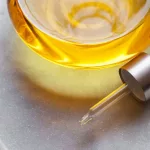



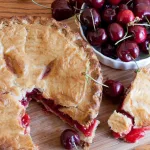


Leave a Reply
You must be logged in to post a comment.